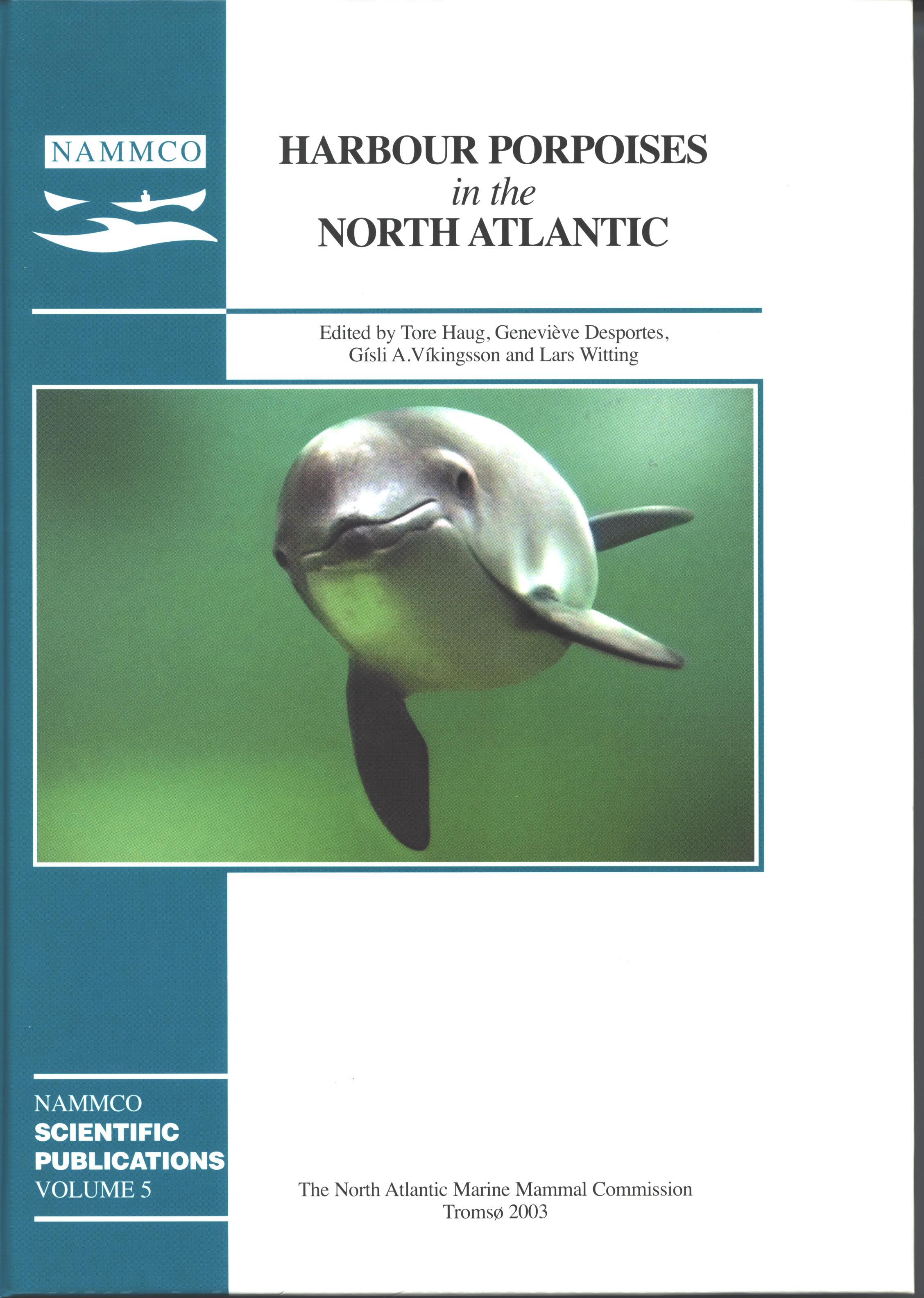Geographical, and seasonal variation in the diet of harbour porpoises (Phocoena phocoena) in Icelandic coastal waters
DOI:
https://doi.org/10.7557/3.2829Keywords:
harbour porpoise, diet, bycatchAbstract
The stomach contents of 1,047 harbour porpoises (Phocoena phocoena) bycaught in gillnets off Iceland were analysed. Most of the samples were obtained southwest (SW) and southeast (SE) of Iceland and the majority were taken in March and April. The sex ratio was biased towards males (63% males), particularly in the SE area (76%). The proportion of sexually mature porpoises was 35% and was higher in the northern part of the study area. Most examined stomachs contained identifiable food remains (97%). More than 40 fish and invertebrate prey taxa were identified.
Overall capelin (Mallotus villosus) comprised the predominant prey, followed by sandeel (Ammodytidae sp.), then gadids, cephalopods and redfish (Sebastes marinus), while other taxa were of less importance. Differences were detected in diet composition among 5 areas around Iceland with redfish and gadids more prominent in the northern areas. Off SW Iceland there was considerable seasonal variation in the porpoise diet, where capelin appeared to be dominant in late winter and spring and sandeel in the summer through early winter. Predominance of capelin in the diet coincided with the spawning migration of capelin from northern waters along the east, south and west coasts of Iceland. Mature females appeared to have a more diverse diet than other reproductive classes. The length distributions of fish consumed by the porpoises ranged from 1 to 51 cm although most fish prey were less than 30 cm.





